In 2022, I wrote a book called, “Almost Famous in Alberta & Other True Stories.” One chapter was devoted to my beloved Thompson guitar, which was built by the masterful Canadian luthier, Ted Thompson of Vernon, British Columbia. He rarely received the accolades he deserved. His humble approach to life kept his work in the shadows of fame, but Ted's guitar making skills changed my life forever.
Long before my book was nearing its completion, I commissioned a painting for its cover from Seattle artist, Jessica Dodge. She paints on glass, often using old window panes. I hoped that the painting would serve as a metaphor comprised of things important to me. I asked for a painting of a raccoon because of my love for Sterling North's book called Rascal. It’s a true tale about a boy, his pet raccoon, and his elderly father. It takes place during World War One in northern Wisconsin, the state where I was born. I wanted this raccoon to be wearing overalls, like the ones I inherited from my late father. We were farmers in the Okanagan Valley of British Columbia when I was just a kid. I still have my dad’s old blue denim overalls. My dad was born May 4th, 1919. He was a great father. I wear those overalls every now and then. Having them somehow keeps me grounded to the earth. But getting back to my book cover, most importantly, I wanted the raccoon to be playing a Ted Thompson acoustic guitar, so I could honor how much Ted’s work as a guitar maker meant to me. I sent Jessica a photo of the one I play to use as an example.
Jessica did her thing with the paints like only she can, also giving the raccoon some coke bottle eye-glasses like the ones I wear. Once completed, the painting was everything I’d hoped for. From my perspective, its a personally meaningful tribute, an avatar of sorts that represents who I am and where I come from.
Once my book was published, I spent some time trying to find Ted Thompson’s address so I could mail him a copy. I searched online but I couldn’t find it and his address remained a mystery for some time. I figured he still lived in Vernon, though I couldn’t figure out where. I got distracted from my search for awhile and the months flew by, a flurry of calendar pages in the tornado of time. Sometime later, I tried again to find Ted on the web and sadly I stumbled upon his obituary instead. He’d passed away about a year before I found out. I didn’t get to tell him just how much he meant to me. It made me sad that he didn’t get to see the book. I was under no illusion that I’d written a best seller, but its cover, and the chapter I’d written about the guitar he made was a small way for me to say thank you. His obituary contained the email address for his wife, Heidi. I reached out to her and we exchanged a few emails which led to a phone conversation where I learned more about Ted's story and their profound partnership.
They met in Vernon long ago, when Heidi was a budding film maker, photographer, and painter. In this picturesque town nestled in the North Okanagan Valley only thirty miles from the farm of my childhood, Heidi and Ted inspired each other and created a supportive, loving marriage. Around 1985, when they hadn’t been together more than a year, Heidi noticed a lump on Ted’s neck and he was soon diagnosed with Lymphoma. He spent many months commuting from Vernon to Vancouver for many rounds of chemotherapy. The doctor bluntly warned them they might never be able to start a family, and if they did, Ted might not be there to see it. The difficulties they faced early on only brought them closer. In those early days, Ted had been repairing musical instruments in the back room at Vernon’s Silver Star Music Store, and had begun experimenting with building lutes, mandolins and guitars.
When Ted was a younger man, he was a competitive bicycle rider who trained all over the roads and streets of North Vancouver and British Columbia. He rode his bicycle 30 kilometers to work each day at the machine shop he apprenticed at for five years. Though he was physically fit and a lean, powerful rider, as a racer he learned too late that he needed a proper trainer to oversee his nutrition and fitness routine and because of that he never reached his goal of being a championship rider.
This was back when Ted lived in a part of North Van known as Lynn Valley. Just after I graduated from high school, I lived in Lynn Valley too. Before that, we had both lived on Vancouver Island. We probably passed each other hundreds of times. How many ferry rides to or from Vancouver did we share? I’ll never know. When he ended up in Vernon, the paths traced by each of our lives overlapped once again, because Vernon was the first town I lived in when I arrived as an immigrant to Canada way back in 1969. Many years later it really meant something special for me to see the name Vernon on the manufacturer’s label inside the belly of my Thompson guitar. I remember thinking: “Perfect!”
Have you ever wondered why some guitars sound and play much better than others? Guitar builders hone their skills and attention to detail over many years. Where they learn their craft, and who teaches them, combined with their own natural abilities, determines whether their guitars will stand out in a world with billions of guitars. A luthier’s early influences will shape their destiny. Ted’s father was the high school shop teacher, and Ted learned quickly that he was most comfortable in the workshop too. Ted was always very organized. With a mind full of engineering ideas and hands-on skills from unlimited after-school shop time, he knew his future was in there somewhere.
When it came to his guitar building career, he started off with far better odds at success than he did as a bicycle racer. During his rigorous apprenticeship at the machine shop he became an expert at precision metalwork. He lucked out and got a job making steel truss rods for the great Canadian luthier, Jean Larrivée. Over the years, he made thousands of truss rods and his professional relationship with the Larrivée family evolved into a long and meaningful friendship. Even when Ted was undergoing chemotherapy for the lymphoma, he still found time to go down in his basement and make truss rods for them, so he and Heidi could keep up with their mortgage. He also helped Larrivée build some of the jigs used for cutting and shaping the different parts of the guitars. Little by little he absorbed the true nature and depth of fine guitar making from Jean & Wendy Larrivée, just as they benefited from the gift of Ted’s precision engineering mind. He was often a man of few words, but he was steady, organized and methodical.
To achieve excellence, a luthier must learn how to select the finest wood available or their guitars will have an unremarkable or average sound. Some of the woods are picked for the overall strength and physical integrity of the instrument, such as the neck, sides, and back. Some are specifically selected with the guitar’s tone in mind. The most important piece of tone-wood is the top of the guitar, the part with the big hole in it. The skills required to select these tone-woods, and access to the finest ones available, are closely held secrets. Collaborating with trusted colleagues like the Larrivées, Ted’s path to to such knowledge was surely made easier. Understanding the tonal qualities of the different pieces of wood is one thing, but having a sixth sense or precognitive knowledge of how the wood will sound once it takes its place in a fully constructed guitar, well, thats another thing. Those senses don’t develop over night. It takes many years, many guitars, and perhaps a secret or two. Ted developed a special ear for how certain tone-woods captured and projected sound, like the Sitka spruce found on Vancouver Island, or Haida Gwaii, formerly known as the Queen Charlotte Islands. These precious pieces of wood, salvaged from ancient snags or dead trees found deep in the silent rainforest, gave his guitars a rich, warm and resonant voice.
The precision with which he cut, planed, shaved, sanded and fit these tone-woods together resulted in superb instruments with uncommon sonic personality. His meticulous crafting of the fretboards and necks gave each one an extremely high-performance playability.
I’ve enjoyed many years with my Thompson guitar. It has given me great comfort and solace so many times, when I faced the confusing curveballs that life threw at me as I tried to find my way. Something as simple as strumming a chord or two in the morning before work and feeling the sweet, harmonious, vibrational tone emanating from its body, was very reassuring. It’s been a relationship. Holding it in my hands and playing a song or two after work, or playing songs with friends and family at night before putting it to bed in the plush lining of its case always brought deep satisfaction. This guitar and I have been companions for over thirty years. Along the way, I learned that playing an exquisite instrument can give you deep feelings that somehow connect you to the spirit of its creator.
It’s kind of hard to explain, but it makes me think of Pinocchio. His loving father Geppeto, carved Pinocchio from a block of wood into a handsome little puppet who wished upon a star and miraculously transformed into a real boy. He was thrust into a dangerous world that he survived only because he was built with the strength of his father’s love. Like Geppeto and his son Pinocchio, Ted and each of his guitars are spiritually entwined forever. On a metaphysical level, Ted is somewhere inside every song played on any guitar that he built.
Each time he gathered all of the pieces and parts he’d made with his own two hands, in a burst of shaman-like cosmic synergy, he assembled them into a new flawless form. It was then that Ted Thompson’s similarity to Geppeto was truly revealed. What was once a small pile of wood and glue, became a magical creation built for music and song that could provide a lifetime of joy and creativity. His guitars are designed to endure physical hardship, yet they can also provide outbursts of sonic glory. Whosoever plays one of Ted’s guitars will be given a boost, a hand up, an advantage. In his sawdusty workshop, more than 3 decades ago, he built the best, most enchanted friend I’ve ever had. Finding this friend was a stroke of luck.
On a drizzly day, in 1992, in Seattle’s Fremont neighborhood, I arrived at American music and went to the acoustic guitar section. I walked into the soundproof room divided from rest of the store. I’ll always remember the moment I looked up on the wall and saw that guitar hanging on a hook. There were two other people in the room each playing guitars with the same brand name I’d never seen before: Thompson. I pulled the last Thompson down off the wall. Its craftsmanship was flawless. The simplicity of its design drew me in. Instead of a thick black plastic pick guard it had a very thin, almost invisible, transparent one. I could tell it was designed that way to let more of the guitar’s tone pass through it The exquisite mahogany sides and back had the most beautiful grain I’d ever seen. I held it in my hands and strummed a single chord. Just one. Immediately, I took it to the cash register and bought it. When I got it home the most unusual song I’d ever played just jumped right out of it. It became a song of mine called Big Sedan.
It must have been fate that brought me to American Music that day, when those three Thompson guitars were first put on display. By the end of that day, all three were gone. I never saw another Thompson at that busy Seattle store again, though I learned from Heidi that after American Music sold his guitars so quickly they placed an order for one hundred more. The huge order exceeded Ted’s capacity. Just when he’d mastered his art form, he found he had no desire to create a high-production commercial enterprise.
At his peak he built about ten guitars a month from his shop in Coldstream, a small community near Vernon. As time went by he built fewer and fewer guitars. The day I spoke to Heidi Thompson on the phone, she told me that as he grew older, Ted felt he hadn’t made much of an impact as a guitar maker. He doubted anyone would remember him for his work. She expressed great affection for her husband. She said they were in love the whole time they were together. I cant think of a better way to live a life. What a victory for them, or anyone else so fortunate.
Almost forty years after his original battle with lymphoma, it returned in the late autumn of 2022. After a short, but difficult battle with cancer, Ted slipped away on May 4th 2023. In the words of his beloved Heidi, “Ted said goodbye to the wonderful, magical life that he enjoyed so much.”
I’ve played many guitars in my life, but I’ve never played one with the soulful connection I feel when I play my Thompson acoustic guitar. My inner voice is lifted by it and I don’t feel like I’m just playing a guitar. It feels more like I am in a duet with a spirited creation that deserves as much credit as I do. Secretly layered into this duo is the caring heart and soul of Ted Thompson.
Almost every song I’ve written came out of this guitar. Without Ted Thompson, I wouldn’t have a musical story to tell, and thats the truth, plain and simple. Learning how he felt about his career, and being too late to properly thank him taught me a hard lesson. We’ve all had people in our lives who have changed us and shaped us into who we are. We live too much up inside our heads, within our thoughts, and we often don’t share our feelings about these deep connections until its too late.
We should never forget to express our gratefulness directly to the pivotal people who have changed us for the better. I encourage you to share the gratitude in your heart with the ones who deserve it. Don’t wait! Share this message with your special friends and family.
I thank you Heidi for kindly sharing so much about your life with Ted. It has meant so much to me. This article is dedicated to you, Carmen, Nora, Gabriel, Aria, and Addy.
Thank you for taking the time to listen to my thoughts today. Please subscribe to my to my substack at virgilbrown.substack.com
Also, to download several of my albums for free, visit my website www.virgilbrownmusic.com You can find a link to my book there: “Almost Famous in Alberta & Other True Stories.” Its a collection of 35 short stories from my musical life, available in paperback and kindle at amazon.com
If you’re ever in the Vernon or Coldstream area, visit Heidi Thompson’s beautiful art gallery. For more info visit:


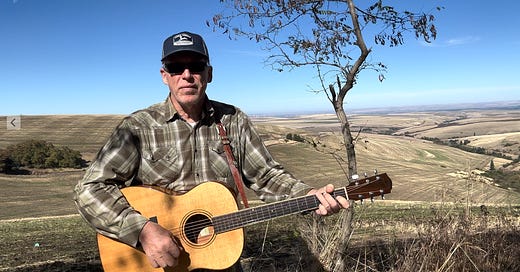

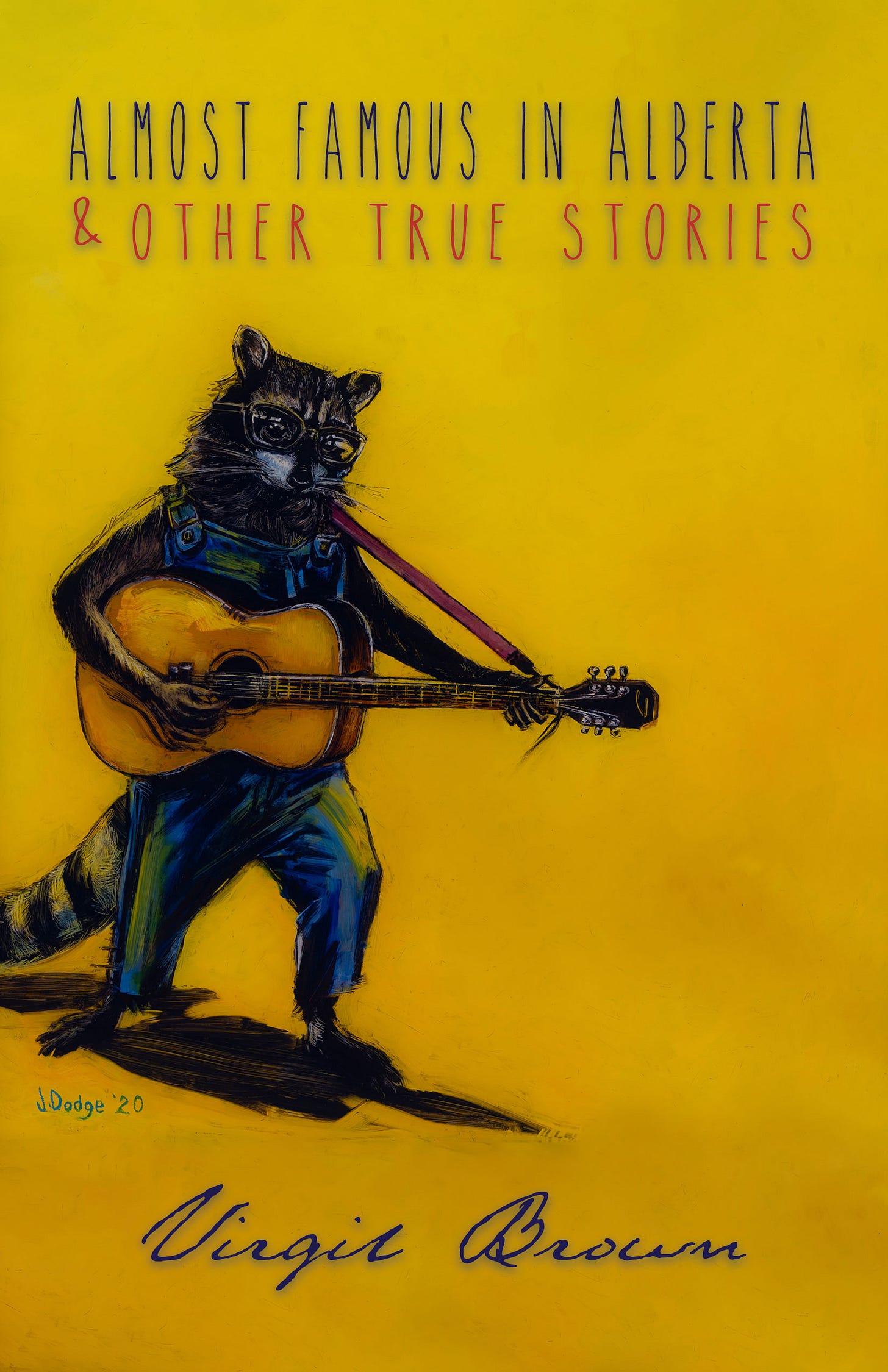
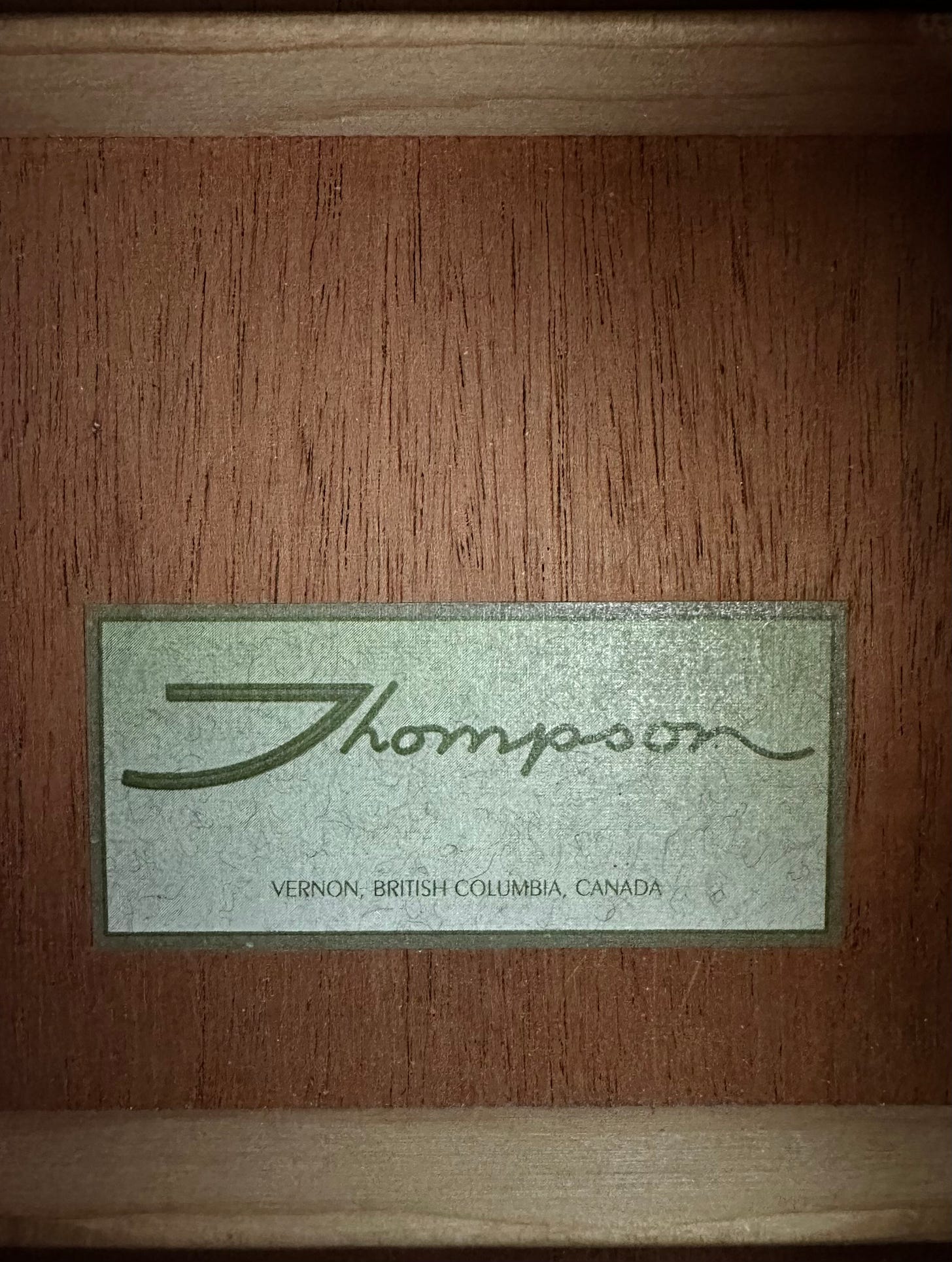
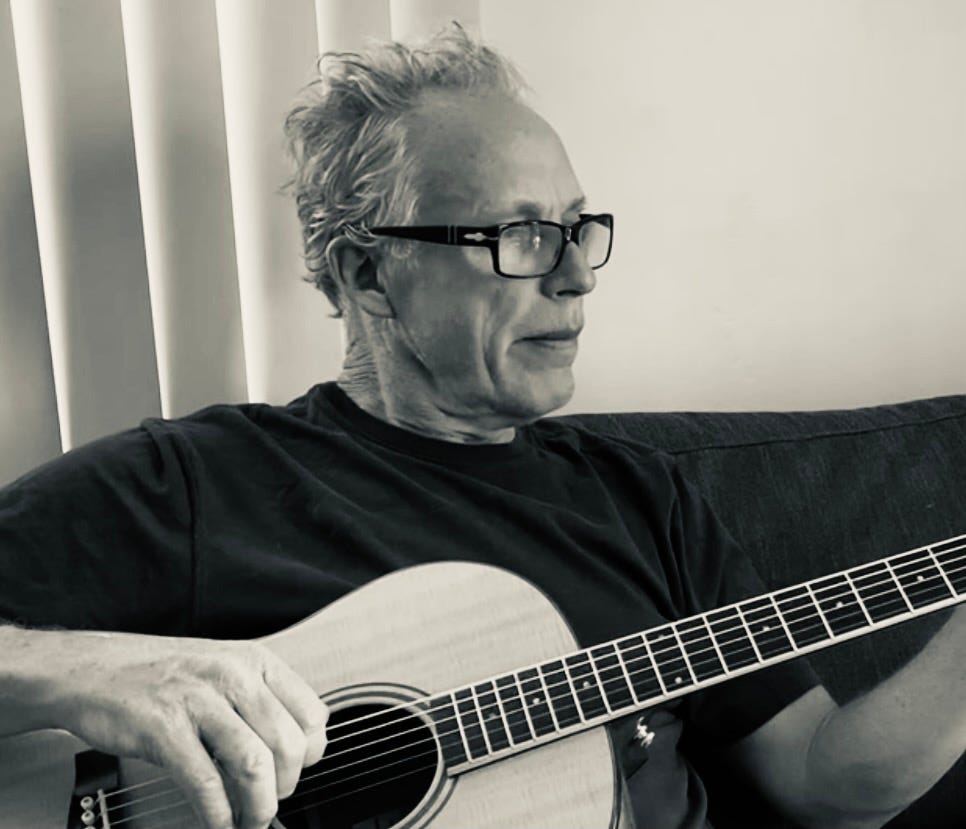

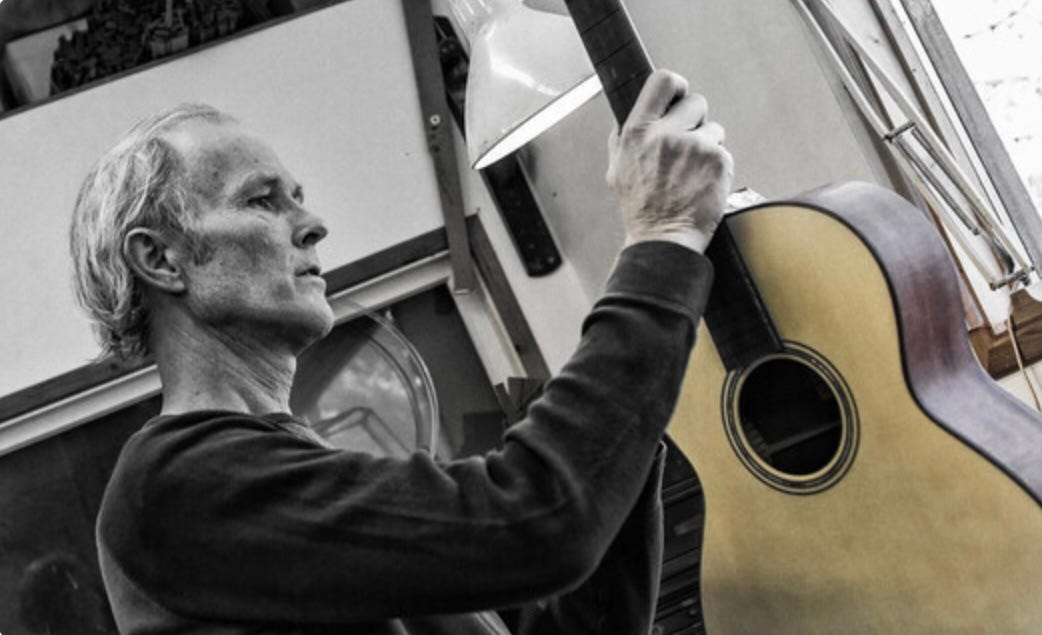
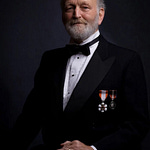

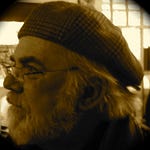

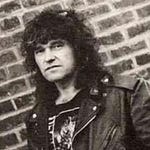
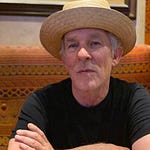
Share this post